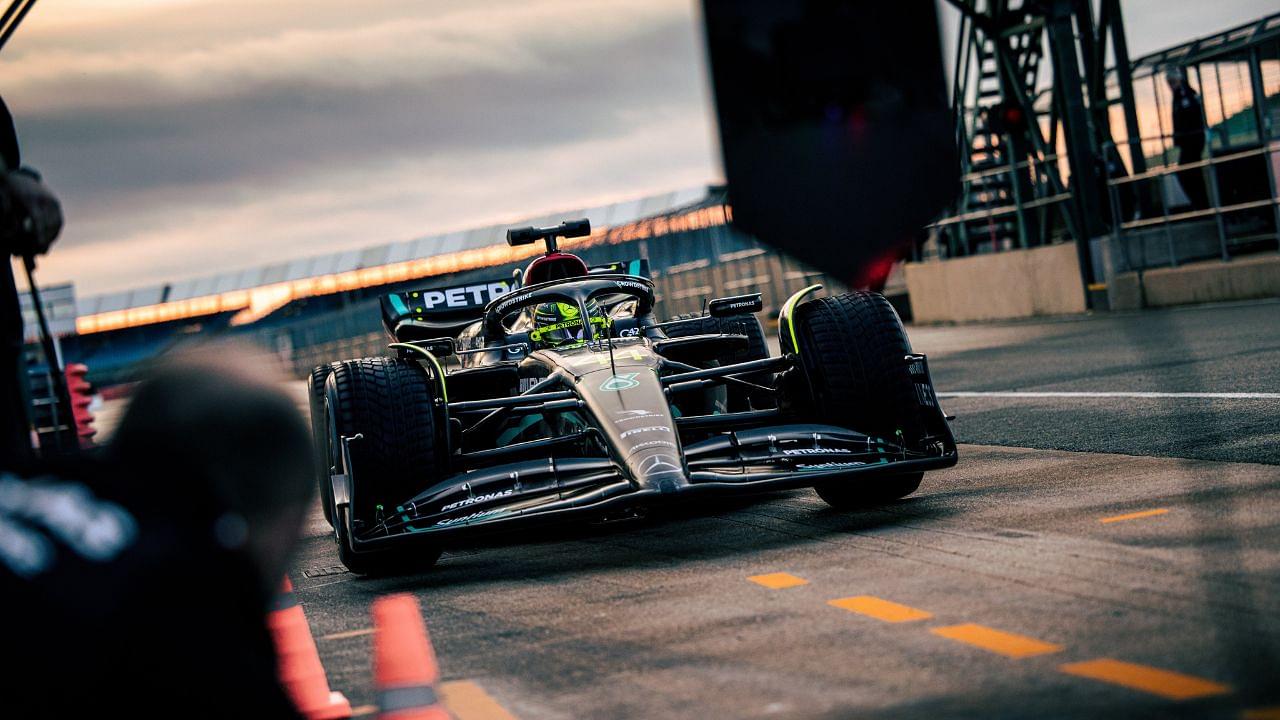The excitement among F1 fans continues to increase as the new season is set to kickstart in less than two weeks. The first race of the season is the Bahrain Grand Prix, which will take place at the Bahrain International Circuit in Sakhir from March 3 to 5.
Ahead of the new campaign, all 10 F1 teams will take part in pre-season testing from February 23 to 25. Pre-season testing is often deemed an extremely important metric to evaluate where the teams stand ahead of the new season in terms of performance and also other parameters.
While there is a possibility that some teams sandbag and do not unleash their true potential, pre-season testing can at least help sides evaluate their own position.
Moreover, with there being limited changes in regulations as compared to last season, teams can also analyze how much they have improved or fallen back as compared to the previous year.
Here is a detailed look at the different things teams can learn via F1 pre-season testing.
Also Read: Why You Should Watch Netflix’s Drive to Survive Before Following F1?
What can teams learn in F1 pre-season testing?
Where teams are in terms of performance ahead of the new F1 season?
While all teams undoubtedly want to be strong in all areas, one of the most important areas that are key to a side’s success is performance.
Teams may be willing to compromise on other areas such as reliability or the setup of the car, but one thing that all teams need to be strong in is pace.
For example, last season Williams may have had the most reliable car among all teams but they were far off when it came to performance.
Williams scored just eight points last season and finished last in the Constructors’ Championship, 27 points behind ninth-placed AlphaTauri. Hence, the first thing that pre-season testing would help teams analyze is where they stand in terms of performance.
Teams would be looking to evaluate their drivers both on one-lap pace and race pace. They would also want to see how is their pace on both the prime and option tyres as this would help them understand what kind of tyre strategy would suit them best during a race.
It could help them understand whether they should focus on shorter runs with a quicker pace or concentrate on longer runs with fewer pit stops during a race.
Also Read: Which Driver Receives the Highest and Lowest Salaries in Formula 1 2023?
How is their reliability?
Other than performance, the second most important thing that is perhaps important for teams to look out for in pre-season testing is the reliability of their cars.
Reliability is arguably more important for the top teams as compared to the others, as it is not just important for the top sides to perform well on a few occasions but it is equally important for them to do it consistently.
On the other hand, the other teams could be content with finishing as high as possible in a few races as compared to finishing most races and not scoring points.
For example, Ferrari was one of the top teams that had strong performance but struggled with reliability issues. Charles Leclerc suffered with two DNFs over the course of the season while his teammate, Carlos Sainz, had six.
In stark contrast to Ferrari, Mercedes’ car may not have been as quick as the Prancing Horse on most occasions but their car was extremely reliable. George Russell just had one DNF while Lewis Hamilton suffered two over the course of the full season.
Mercedes’ (515) incredible consistency helped them finish just 39 points behind Ferrari (554) in the Constructors’ Championship.
Also Read: Daniel Ricciardo Responds to F1 Revealing Names of Drive To Survive Season 5 Episodes
How’s the setup of the car?
Even if the car is quick and reliable, a driver will only be able to get the most out of it if they are comfortable in it. Hence, the setup of the car is perhaps the third most important thing that teams will look out for in pre-season testing next week in Bahrain.
Pre-season testing will be a good time for teams and drivers to experiment with different setups to evaluate what helps them get the best out of the car.
Teams will be able to use the three days of pre-season testing if they require to make any aerodynamic changes to increase or decrease their downforce for example.
Another significant issue that has returned for teams to address is that of porpoising. Last year, almost every driver raised concerns about this issue during pre-season testing and some teams suffered more than others.
Porpoising in simple terms is an issue when a car has violent bounces at high speeds. Since all teams experienced this issue in some capacity last season, they are expected to have found better solutions to manage it this year.








